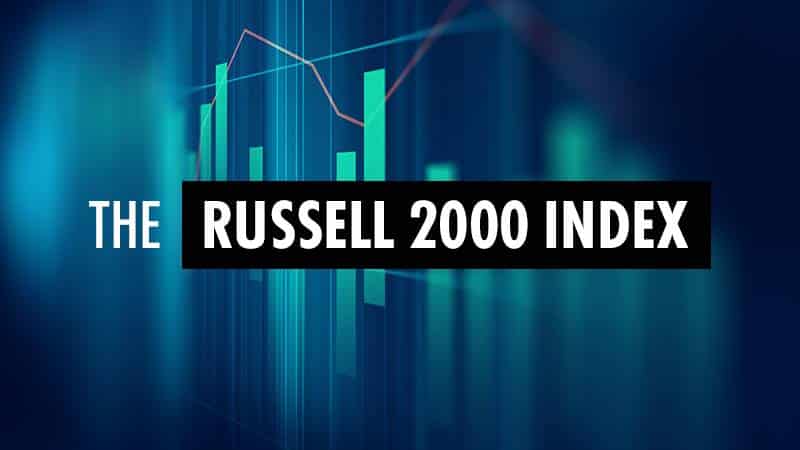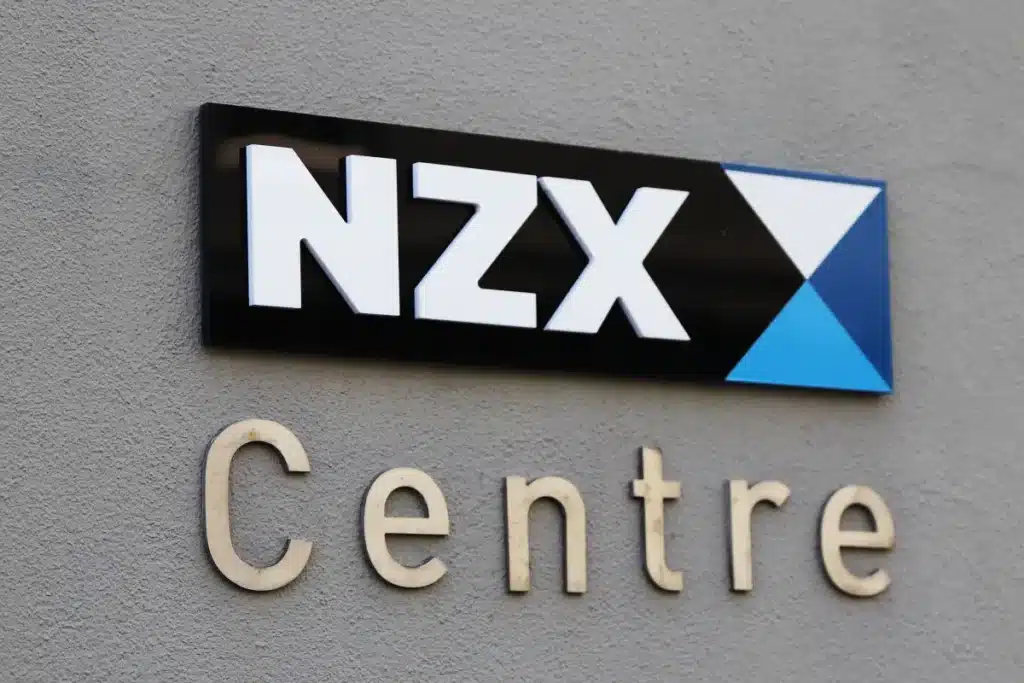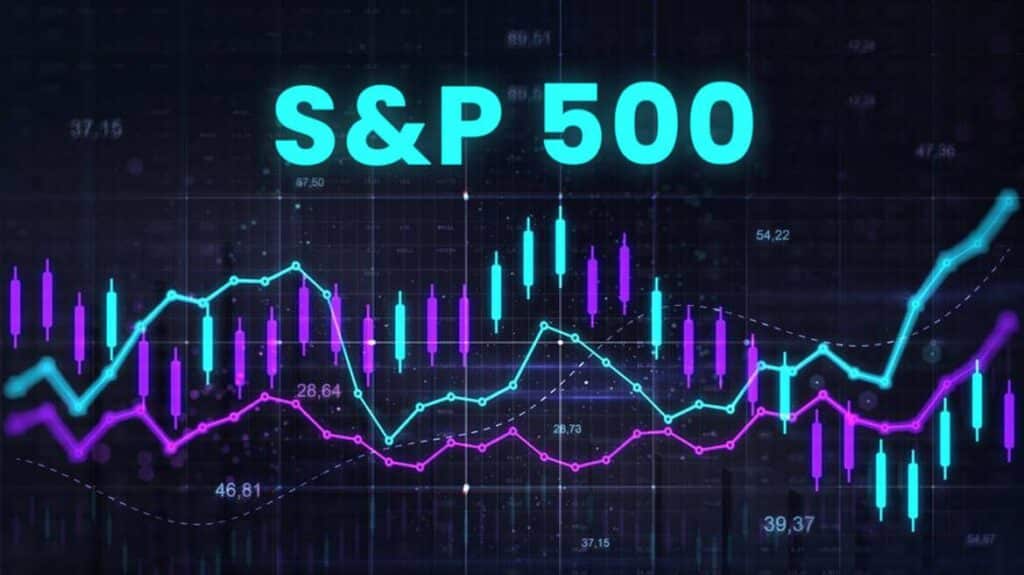Trump’s Tariff Delay and Its Impact on Markets
On Thursday, April 10, 2025, financial markets across the globe were stirred by the unexpected announcement from President Donald Trump regarding a delay in planned tariffs. This move came amidst the ongoing Sino-US trade tensions, causing fluctuations in various sectors and leaving investors to reassess their positions.
President Trump’s decision to reverse course on sweeping tariffs, initially intended for many countries, threw a curveball at market expectations. U.S. stock futures reacted by slipping as traders and investors tried to evaluate the potential long-term consequences of this policy shift. The tariff relief, designed to ease tensions and potentially foster diplomatic negotiations, came with its own set of repercussions.
China’s Reaction and New Duties
In a counter-move, China implemented new retaliatory tariffs, amounting to an 84% increase, escalating the ongoing trade standoff. These duties signify China’s readiness to defend its economic interests, even as the global market adjusts to the ebb and flow of trade negotiations. The heightened tariffs have led experts to closely monitor the impact on China’s GDP growth, and financial institutions like Goldman Sachs have adjusted their forecasts, reflecting a more guarded outlook.
The Influence on Commodity Markets
The ripples from these trade policy changes were felt in commodity markets as well. Notably, the price of Bitcoin experienced a significant jump, reaching $82,000 following Trump’s tariff relief, although analysts suspect this rally might be temporary. Meanwhile, the precious metals market saw swings as investors eyed safe-haven assets amidst the uncertainty.
Broader Economic Implications
Looking ahead, investors encompass a broader horizon, focusing on upcoming economic indicators such as the Consumer Price Index (CPI). The CPI will serve as a critical measure of inflationary pressures and purchasing power, offering further insight into potential Federal Reserve actions regarding interest rates.
In addition to monitoring economic indicators, stakeholders are paying close attention to corporate responses. Major corporations, especially those involved in international trade, are expected to adjust their strategies in response to these shifting trade policies and new tariffs. Companies like Apple, which have significant exposure to the Chinese market, might be particularly impacted by the evolving trade landscape.
The prevailing atmosphere is one of caution and anticipation. Investors, traders, and policy analysts alike will be scrutinizing every development closely, aware that these complex trade relationships hold significant ramifications for both domestic and global economies.
Ultimately, while the current situation is marked by uncertainty, it offers opportunities for those who can navigate the dynamic environment with informed strategies. Keeping a finger on the pulse of policy developments and their market implications remains crucial for making sound investment decisions.
Today’s Top Analysis: Understanding Market Signals and Trends
In today’s rapidly evolving economic landscape, keeping up with market analysis is crucial for investors aiming to make informed decisions. Let’s delve into some key points of today’s top analysis, providing insights into current market conditions and what they mean for your investment strategies.
Long Bonds Flash Reversal Signal After Trump’s Tariff Pause
The latest market analysis highlights a significant event where long bonds have given off a reversal signal following the pause in tariffs announced by President Trump. This signal is essential as it may indicate a shift in how investors view long-term interest rates. Generally, when long bonds flash such a signal, it could suggest that investors are starting to anticipate changes in economic policies or conditions that might affect long-term yields. As a potential investor, this warrants attention as it could influence your decision to hold or release long-term positions.
Chart of the Week – Potential Sources and Scenarios of Upside Risk
The Chart of the Week brings to light various potential sources and scenarios of upside risk that investors should consider. Upside risk refers to the possibility of an asset gaining value contrary to expectations. This analysis outlines scenarios where market dynamics might unexpectedly favor an increase in certain asset values. Whether due to unexpected economic data, policy changes, or geopolitical events, understanding these sources can help you position your portfolio to potentially capitalize on unforeseen gains.
From Flush to FOMO: USD/JPY, GBP/USD and Silver Reboot After Trump Shock
The market volatility following President Trump’s decisions also impacted various currency pairs and commodities. The USD/JPY and GBP/USD pairs, along with silver, presented what some investors refer to as a FOMO (Fear of Missing Out) scenario. This term indicates a market condition where investors rush in due to the fear of missing out on potential profits as markets react to political or economic shocks. Observing these fluctuations can provide insights into market sentiment and the complex interplay of global economic forces shaping currency and commodity markets.
Upside Down CAPM and Home Prices
The UPSIDE DOWN CAPM analysis is a particularly intriguing concept. The Capital Asset Pricing Model (CAPM) is a widely used framework to determine the expected return on an investment. However, the notion of an “upside-down” CAPM suggests alternative applications or interpretations, especially concerning home prices. Fluctuations in interest rates, economic indicators, and geopolitical conditions can have a profound impact on real estate markets. This analysis aids investors in understanding how traditional financial models can be adapted to reflect contemporary market challenges.
Tariff Pauses Might Lift Stocks, but Bonds Are Pricing in Pain
Lastly, the analysis on tariffs suggests a dual impact on stocks and bonds. While a tariff pause could offer temporary relief to stocks, bonds might be pricing in longer-term pain due to anticipated economic uncertainties. For stock investors, this pause might be a momentary boost, but the bond market’s reaction could be signaling caution about economic stability. Recognizing these signals can empower you to adjust or diversify your portfolio accordingly.
Each of these analyses provides a window into market trends and potential future shifts. Understanding and utilizing such insights can significantly enhance your investment strategies, helping you navigate complexities and minimize risks in an unstable economic environment.
Understanding Today’s Top News in the Stock Market
If you’re keeping an eye on the stock market, you’re likely aware of some turbulence affecting the landscape today. Let’s break down what’s driving the market trends so you can make well-informed decisions.
Effects of US Tariff Changes
Today, US stock futures have taken a dip. The main reason? A shift in the US’s trade policy, specifically President Donald Trump’s announcement of the delay in implementing wide-reaching tariffs. These tariffs had originally targeted numerous countries, but Trump introduced changes at the last moment, prompting a cautious approach from market participants. Uncertainty is a key player in market fluctuations, and these unexpected shifts can cause investors to reevaluate their strategies.
Impacts on China’s Economy
Among the buzz, there’s significant focus on China. Due to the hike to a 125% tariff rate on Chinese goods by the US, Goldman Sachs has revised down its GDP growth forecasts for China. This indicates a potential slowdown in economic growth, a factor that traders and analysts are watching closely. An escalation in the trade war could mean continued volatility in the global markets, especially with trading partners and industries connected to Chinese manufacturing and exports.
Retaliatory Measures from China
In a tit-for-tat move, China has imposed a substantial 84% tariff in retaliation. These new duties signify China’s response to what it views as economic aggression, effectively escalating the trade war between the two superpowers. With both sides digging in their heels, there’s a palpable tension in the international markets. Investors may need to brace themselves for continued volatility and adjust their portfolios accordingly.
Market Reactions and Future Projections
Such trade disputes don’t just affect stock markets—they can ripple across multiple sectors. For instance, prominent investor Bill Ackman commented on the geopolitical implications, noting that China could face increased isolation due to these tariff battles. This dimension underlines the potential wide-reaching impacts not just on trade but international relations as well.
Bitcoin’s Fluctuations
An interesting byproduct of these trade negotiations has been the performance of Bitcoin. The cryptocurrency saw a significant jump to $82,000, spurred by relief from some of the trade tensions. However, despite this spike, the rebound remains somewhat limited, reflecting ongoing uncertainties in the market. As digital currencies increasingly intertwine with global trade phenomena, keeping an eye on them can offer some insights into market sentiment.
Understanding these headlines helps paint a broader picture of today’s financial landscape. As markets grapple with these multi-layered changes, it’s crucial for investors, both new and seasoned, to stay informed. Remaining educated on these matters not only prepares you for decisive action but also positions you advantageously in these volatile times.








